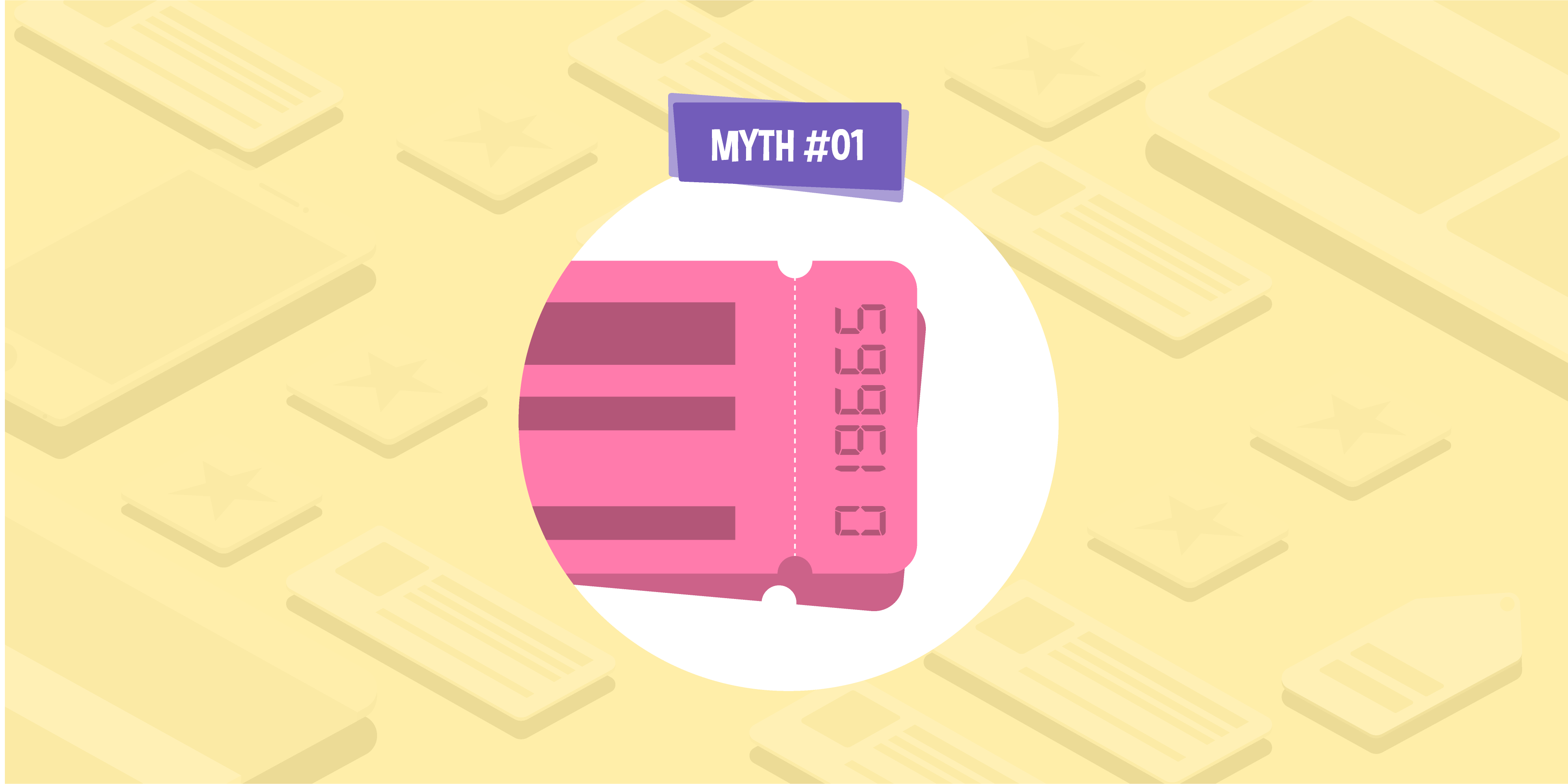
- 30 Dec 2020
- 5 Min read
5 mistakes that could be holding back your ecommerce site’s SEO
A great website is the foundation of any successful SEO campaign. However, for businesses with an ecommerce component, the quality of your site is especially important, as technical elements and user experience can make a huge difference to your ability to rank well for desired keywords and achieve conversions.
To help you make sure your site is on track for success, I’ve put together this list of five common mistakes that could be holding back your ecommerce site’s SEO. Are you accidentally making any of the mistakes I’ve outlined here?
1. Not addressing duplicate pages
Duplicate pages feature identical or very similar content on different URLs. For example, you may have the same product listed in multiple categories.
While a little duplication might not seem like a big problem — especially if your site has hundreds or even thousands of URLs — it can damage your ranking potential. This is because search engines heavily discourage duplication, not wanting to spend more effort than necessary when crawling sites nor reward potential efforts to unfairly gain multiple listings on the SERPs.
Google will usually select one of the duplicate pages in a set as the preferred, ‘canonical’ version. However, you can signal which one you’d prefer to rank by adding rel=canonical tags yourself. There are lots of benefits to this, which you can read about on Google Search Central.
Duplicate pages are an extremely common issue for ecommerce sites so, if you’re not carrying out regular checks, it’s likely there are at least a few lurking on your site. Your web developer or a technical SEO expert should be able to audit your site and resolve any issues.
2. Not optimising images
You’ll already be using imagery to help draw in visitors to your ecommerce site and drive sales. However, if all you’re doing is uploading a few images for every product and calling it a day, you could be missing out on a valuable opportunity to boost your online visibility.
Search engines rely on descriptive alternative text (or “alt text”, for short) to process images. Without it, they can’t determine the subject of images and so can’t rank them accordingly. With image boxes appearing on around 8% of Google UK SERPs (RankRanger, 10 Dec 2020), this could mean missing out on a huge organic traffic opportunity. Alt text is also used by screen readers so helps to make your site more accessible.
Additionally, ensuring that your images are uploaded in the correct size and file formats can help to reduce the overall load time of pages, and site speed is considered to be one of the most important ranking factors.
3. Not taking a mobile-first approach
Google recently made the full switch to mobile-first indexing, which means that it focusses on the mobile versions of websites when determining rankings. As a result, if you’re not taking a mobile-first approach to your ecommerce SEO, you could be losing out. Google outlines best practices here.
Plus, with over half of all internet traffic now coming from mobile devices (Statista), it’s not just an SEO issue — mobile-unfriendliness could be costing you conversions.
4. Not offering effective navigation
Your site’s navigation is a crucial tool that many visitors will rely on to find what they need on your website. When it’s not clearly organised and structured, they’ll struggle to do so, which will reduce your chances of making a sale.
Similarly, search engine crawlers will use navigation elements to help it understand your site. As such, it can have a huge impact on SEO.
A good main navigation menu will show the user a brief overview of all your key pages at a glance, with logically organised categories and subcategories that make it easy for the user to find exactly what they’re looking for. However, don’t make the mistake of thinking you need to include every single page or category in your main navigation: if there are too many pages, the user may be overwhelmed and struggle to find what they need.
On category and product pages, provide breadcrumb links that help users get back from where they came. Also make sure to natural links within the body content, using descriptive anchor text, to direct visitors and crawlers to related pages. You can learn more about this in our Head of Content’s guide to boosting ecommerce rankings with internal links.
Links to key customer service pages, such as delivery information and contact us pages, tend to work best in the site footer.
5. Not making the most of Google My Business
Google My Business is a free tool that can help you to connect with users and manage your online presence. It offers several features that you can use to boost your online visibility across a number of Google platforms, like Maps, Search, and Images. All of this can help to attract more shoppers to your website, which can ultimately help you secure more sales. So, if you haven’t claimed your profile or optimised it yet, it’s about time that you did.
To get started, take a look at our blog post on how to make the most of your Google My Business listing.
Are you making any of the ecommerce SEO mistakes we’ve shared here? If so, you could be holding your site back. Try taking some of the advice in this blog post on board, and you should set your site up for organic search success.
If you’re interested in hiring a technical SEO, link-building, or content agency to help you improve your online visibility, then the Glass Digital team can help. Get in touch to discuss your plans and goals.
Lydia Carroll
Head of Content

